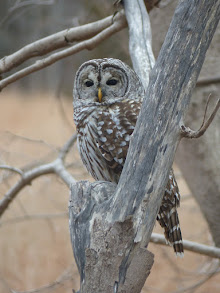
Julio Cortázar's collections La vuelta al día en ochenta mundos ("Around the Day in Eighty Worlds") and Último Round ("Last Round") were published in 1967 and 1969 respectively by Siglo XXI Editores in Mexico. Each work is made up of of two volumes and contains stories, essays, poems, and anecdotes as well as photographs, period engravings and other artwork selected by the designer, the artist Julio Silva. Among the highlights are Cortázar's long introduction to the Cuban novelist José Lezama Lima, appreciations of Thelonious Monk, Louis Armstrong, and Clifford Brown, the short stories "Silvia" and "With Justifiable Pride," and an essay on Jack the Ripper and other notorious murderers.


The coincidence of the author's and designer's first names goes further than is immediately evident, since another "Julio" -- Jules Verne -- serves as a kind of tutelary spirit, at least for La vuelta al día, which borrows its title, in mutated form, from one of Verne's most famous works.


In designing the layout of the interior of the books, Silva employed a variety of different typefaces, some of them antique; here and there the text is rotated 90 degrees, proceeding across the page from left to right. The illustrations chosen to complement Cortázar's texts were taken from a wide variety of sources. For the essay on Lezama Lima, to cite one example, he incorporated engravings from 19th-century editions of Verne's Voyage au centre de la terre, early scientific and hermetic treatises, runes, and tarot cards. Elsewhere he uses original drawings, old advertisements and clippings, and paintings by Paul Delvaux.
For Último Round, he created newspaper-style exterior art that worked in references to the pieces inside the book as well as quotations from Italo Calvino and Gary Snyder and at least one sly allusion to one of Cortázar's earlier books. Circled on the back of Tomo I, in what appears to be a clipping from a column of personal ads, is a nod to Cortázar's novel 62: A Model Kit:

ARE YOU sensitive, intelligent, anxious or a little lonely? Neurotics Anonymous are a lively, mixed group who believe that the individual is unique. Details s.a.e. Box 8662.(In the novel, one of the characters discovers this ad, purportedly found in the New Statesman, and decides to investigate.)
In keeping with the vernacular spirit of the design, and perhaps under the influence of 19th-century Mexican chapbooks by artists such as José Guadalupe Posada, these "artist's books" were nevertheless intended to be inexpensive. They were printed on relatively cheap paper in small formats (La vuelta is only 3 1/2 inches wide) and have gone through numerous printings both in their original editions and in other formats, including this curious version of Último Round, which I haven't been able to identify:


[In an editor's note to one of Cortázar's letters to Silva there is a cryptic reference to "a book guillotined in the middle," but judging by the date the letter seems to refer to La vuelta al día rather than Último Round, and may describe the presentation of the book in two volumes rather than one.]
The 1986 North Point Press edition of Thomas Christensen's translation, below, is based on the contents of the French edition, Le tour du jour en quatre-vingts mondes, for which Cortázar himself chose selections from the original volumes of both La vuelta al día and Último Round, some of the excluded pieces probably having been deemed to be all but impossible to translate.

The North Point volume dispenses with the original array of fonts but makes a handsome book in its own right. The jacket design, by David Bullen, uses a painting by Paul Delvaux, Le Veilleur II. The panels on the cover have a pale greenish tint that for some reason doesn't show up well in my scan.




